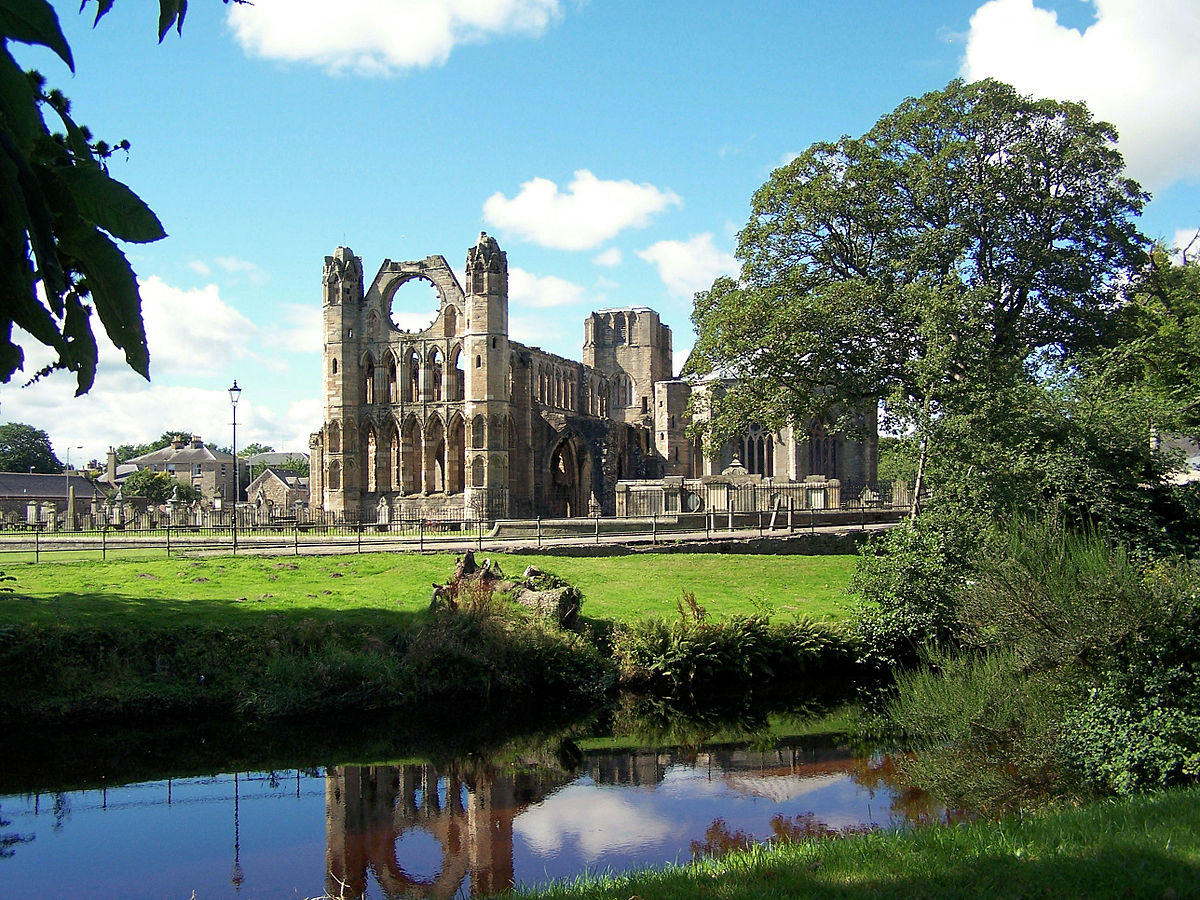
Moray, Scotland
(57.650°N 3.315°W)
"My church was the particular ornament of the fatherland, the glory of the kingdom, the joy of strangers and incoming guests, the object of praise and exaltation in other kingdoms because of its decoration..."
Alexander Bur about Elgin Cathedral
Elgin (or Eilginn in Gaelic, Ailgin in Scots) is a town, former cathedral city, and Royal Burgh in Moray, Scotland. Elgin was created a royal burgh in the 12th century by King David I of Scotland and first documented in Moray’s Cartulary in 1190 AD.
During David’s reign, the castle was established at the top of what is now Lady Hill. The city was a popular residence for the early Scottish monarchs that held court there and hunted in the royal forests: David I, William I, Alexander II, and Alexander III. Alexander II established the two religious houses of the town, the Dominicans or Blackfriars on the west side and the Franciscans or Greyfriars on the east.
The Elgin Cathedral was completed sometime after 1242 but was destroyed by fire in 1270. In August 1370, Alexander Stewart descended from his castle on an island in Lochindorb. He burned much of Elgin, including two monasteries, St Giles Church, the Hospital of Maison Dieu, and the cathedral. Although the Cathedral was rebuilt, much of it has since crumbled away due to the stone’s inferior quality.
Visit Elgin
What to See
Medieval Elgin: Top 5 Attractions

Elgin Cathedral
Elgin Cathedral was established in 1224 on land granted by King Alexander II and dedicated to the Holy Trinity. Unaffected by the Wars of Scottish Independence, it suffered extensive fire damage in 1390 following an attack by Robert III’s brother Alexander Stewart and in 1402 by the followers of the Lord of the Isles.
Duffus Castle was a motte-and-bailey castle in use from c.1140 to 1705. At the time of its establishment, it was one of the most secure fortifications in Scotland. At the death of the 2nd Lord Duffus in 1705, the castle had become totally unsuitable as a dwelling and so was abandoned.


Pluscarden Abbey
Pluscarden Abbey is a Roman Catholic Benedictine monastery 6 miles south-west of Elgin. It was founded in 1230 by Alexander II for the Valliscaulian Order. In 1454, the Priory became a benedictine House. During the 17th century, the priory was used as a quarry to rebuild St Giles Kirk in Elgin.
Spynie Palace
Spynie Palace (or Spynie Castle) was the fortified seat of Moray’s Bishops for about 500 years. The first castle was a wooden structure built in the late 12th century. The stone buildings first appeared in the 13th century to establish what was thought to have been a chapel and which had colored glass windows.


Birnie Kirk
Birnie Kirk is a church situated 4 km south of Elgin and built c. 1140. It became the first cathedral of the Bishop of Moray and is is one of the oldest churhces in Scotland to have been in continuous use. While the nave was shortened by a few feet in 1734, the remainder is the original 12th-century structure.
Similar Towns
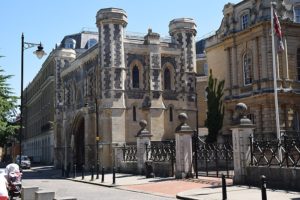
Reading
Reading is a large historic town dating back from the 8th century in Berkshire, England.
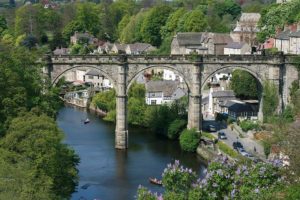
Knaresborough
Knaresborough is a 12th-Century market town perched on the cliffs above the River Nidd.
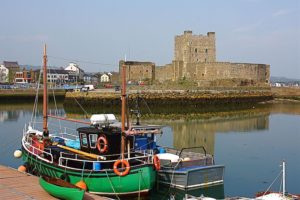
Carrickfergus
Carrickfergus sits on the north shore of Belfast Lough and is County Antrim’s oldest town
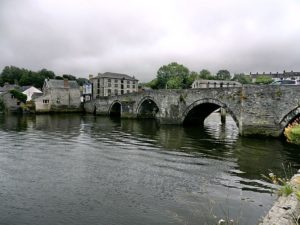
Cardigan
Cardigan was developed around a Norman castle built in the late 11th century.
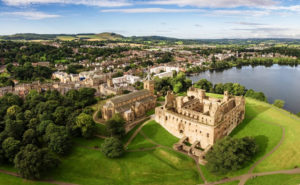
Linlithgow
Linlithgow in West Lothian was once home to one of the great royal courts of Europe
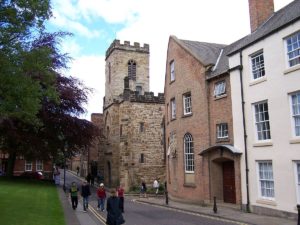
Durham
Durham is a historic city, its Norman cathedral was a centre of pilgrimage.
More to see in Scotland
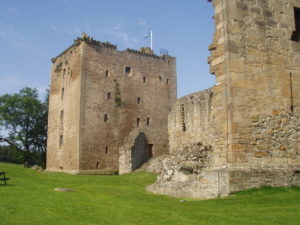
Spynie Castle
Spynie Castle was founded in the late 12th Century by the Bishops of Moray.
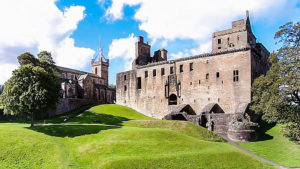
Linlithgow Palace
Linlithgow Palace was the residence of the monarchs of Scotland in the 15th-16th centuries.
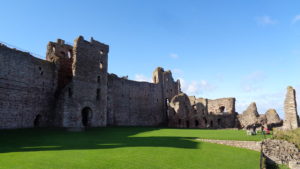
Tantallon Castle
Tantallon Castle is a ruined mid-14th-century fortress atop a promontory in Scotland.
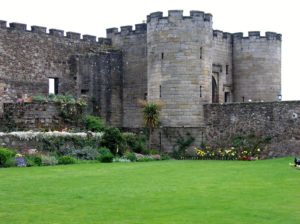
Stirling Castle
Stirling Castle is one of the largest and most important castles in Scotland.

Linlithgow
Linlithgow in West Lothian was once home to one of the great royal courts of Europe

Castle Sween
Castle Sween is located on the west coast of Argyll, Scotland and is thought to be one of the earliest.









